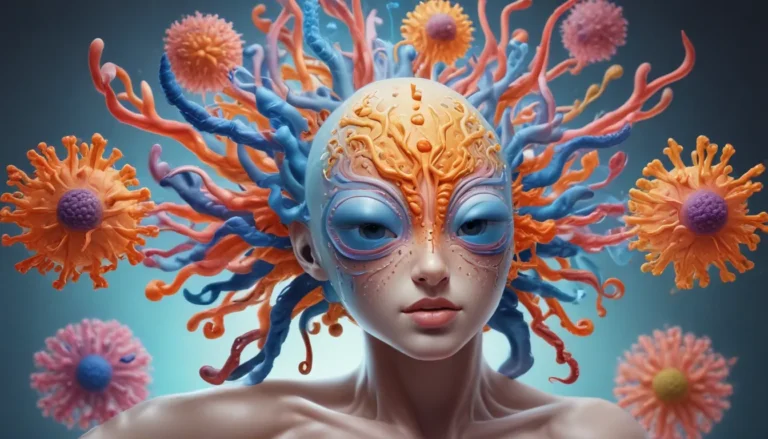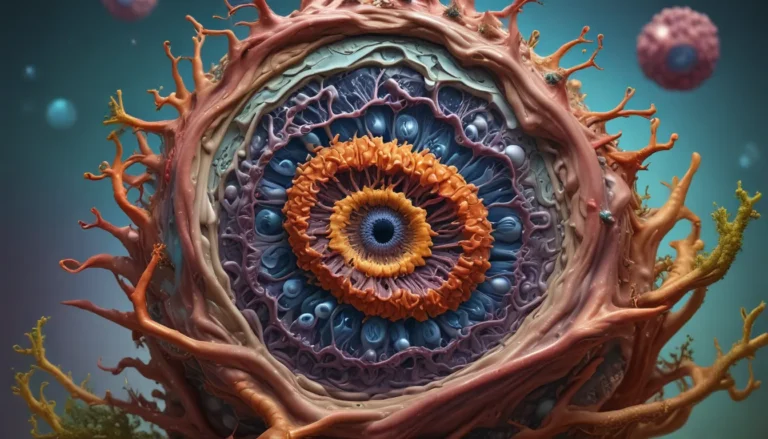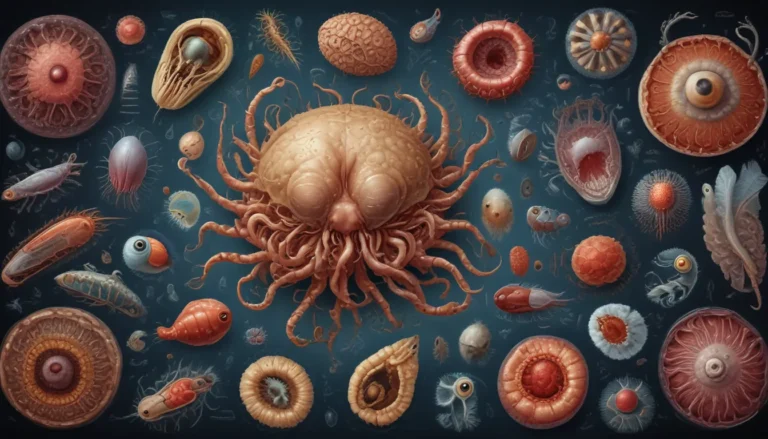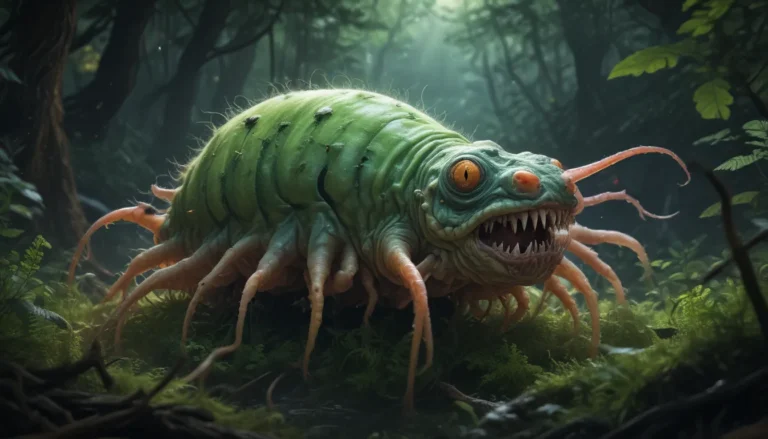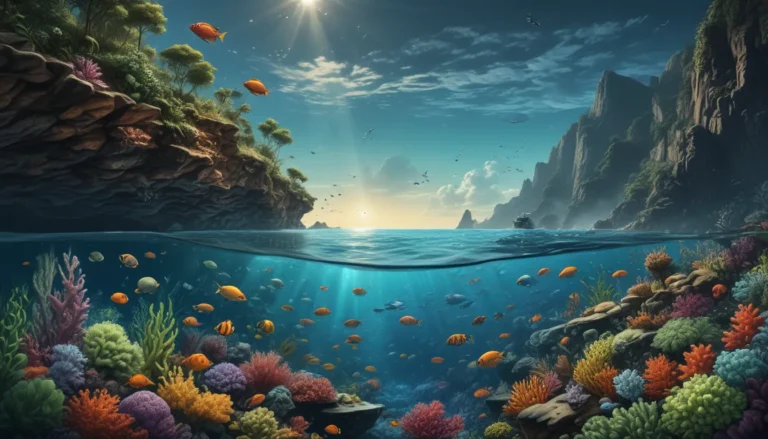A Note About Images: The images used in our articles are for illustration purposes only and may not exactly match the content. They are meant to engage readers, but the text should be relied upon for accurate information.
In the intricate tapestry of evolution, population bottlenecks stand as critical moments that shape the genetic diversity and resilience of species. These events, triggered by natural disasters, disease outbreaks, or human activities, can have profound consequences on the evolutionary trajectory of a population. Join us on a journey through 19 mind-blowing facts about population bottlenecks, from the historic events that shaped human evolution to the struggles of endangered species on the brink of extinction.
The Phenomenon of Population Bottleneck
Population bottleneck is a phenomenon that dramatically reduces the size of a population, leading to a loss of genetic diversity. This reduction in population numbers can result from various factors such as natural disasters, disease outbreaks, or human activities. The consequences of a population bottleneck can impact the genetic makeup and long-term survival of a species.
The Toba Supervolcano Eruption
Approximately 74,000 years ago, the Toba supervolcano eruption in present-day Indonesia caused one of the most severe population bottlenecks in human history. The global cooling effect and significant reduction in the human population during this period led to a drastic decrease in genetic diversity, setting the stage for future evolutionary challenges.
Long-lasting Effects of Population Bottlenecks
When a population goes through a bottleneck, certain genetic variations may be lost, reducing adaptability and increasing susceptibility to diseases and environmental challenges. The long-lasting effects of a population bottleneck can hinder the recovery of genetic diversity, making a population more vulnerable to future threats.
Case Studies: Impacts on Endangered Species
- Cheetahs: Approximately 10,000 years ago, cheetahs experienced a population bottleneck that significantly decreased their genetic diversity. Today, cheetahs exhibit low levels of genetic variation, making them more prone to diseases and other threats.
- Hawaiian Honeycreepers: The Hawaiian honeycreepers faced habitat loss, introduced predators, and diseases that caused a population bottleneck, leading to a decline in their numbers and the extinction of some species.
Consequences of Population Bottlenecks
One of the consequences of population bottlenecks is inbreeding depression, where closely related individuals mate, increasing the risk of genetic disorders and decreased fitness. Inbreeding depression can further jeopardize the survival and reproductive success of a population.
Recovery Stories: Northern Elephant Seals
Northern Elephant Seals were nearly hunted to extinction for their blubber, leading to a genetic bottleneck in their population. By the late 19th century, their numbers had dwindled to a few dozen individuals. Conservation efforts have helped the population rebound, although the genetic consequences of the bottleneck still linger.
Environmental Impact of the Toba Eruption
The Toba supervolcano eruption may have caused a nuclear winter-like effect, with volcanic ash and gases blocking sunlight and causing a global temperature drop. This severe environmental change could have contributed to the population bottleneck observed in human ancestors, shaping their evolutionary path.
Genetic Bottlenecks and Endangered Species
Endangered species with small populations are particularly vulnerable to genetic bottlenecks, further reducing their genetic diversity and increasing the risk of extinction. The genetic bottleneck in the cheetah population, for example, results in challenges with reproduction, including birth defects and reduced fertility.
Mitigating the Impact of Population Bottlenecks
To mitigate the impact of population bottlenecks, conservation efforts should prioritize preserving habitats, reducing human-caused threats, and implementing genetic rescue techniques such as translocations and captive breeding programs. By promoting genetic diversity, we can help safeguard the long-term survival of species facing the challenges of population bottlenecks.
Conclusion
Population bottlenecks offer a glimpse into the intricate dance of evolution and the delicate balance of genetic diversity in sustaining species over time. By understanding the causes and consequences of population bottlenecks, we can work towards developing effective conservation strategies to protect the genetic health and resilience of populations. Join us in unraveling the mysteries of population bottlenecks and championing the preservation of biodiversity for future generations.
FAQs: Unveiling Population Bottlenecks
Q: What is population bottleneck?
A: Population bottleneck refers to a sharp reduction in the size of a population due to catastrophic events or extreme environmental conditions, resulting in a significant loss of genetic diversity.
Q: How does population bottleneck affect genetic diversity?
A: Population bottlenecks lead to a reduction in genetic variation within a population, increasing the risk of genetic disorders and decreasing adaptability to environmental changes.
Q: Can a population recover from a bottleneck?
A: Populations can recover from bottlenecks over time, but the loss of genetic diversity may have lasting effects on the resilience and survival of the population.
Q: What are the causes of population bottlenecks?
A: Population bottlenecks can result from natural disasters, disease outbreaks, habitat destruction, overhunting, and human-induced population declines.
Q: How can we mitigate the impact of population bottlenecks?
A: Conservation efforts focusing on habitat preservation, reducing threats, and promoting genetic diversity can help mitigate the impact of population bottlenecks on endangered species.
Unraveling the secrets of population bottlenecks opens a window into the evolutionary journey of species and the challenges they face in a changing world. Join us in exploring the wonders of genetic diversity, conservation, and the resilience of populations in the face of adversity. Together, we can champion the preservation of biodiversity and pave the way for a sustainable future for all living beings.

